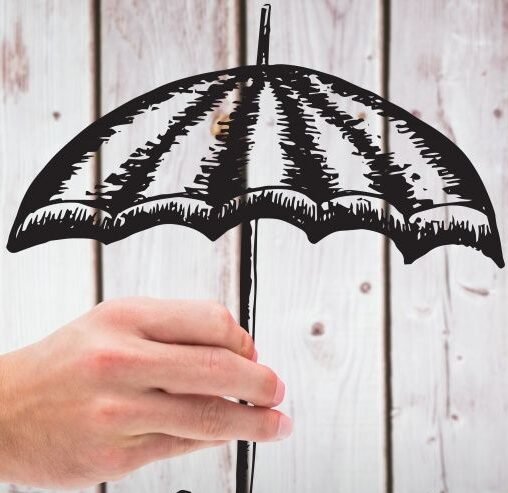Did you know over 2.5 million car accidents happen every year in the UK? Many of these involve cars that were borrowed or shared. This shows how tricky it can be to figure out who’s at fault when accidents happen with borrowed cars. It’s important for car owners and borrowers to know their legal and insurance duties in these cases.
Key Takeaways
- Understanding the legal responsibilities of car borrowers and owners in the event of an accident
- Factors that influence the determination of fault and negligence in borrowed car accidents
- Navigating the complexities of insurance coverage and claims when an accident occurs with a borrowed vehicle
- Proactive steps you can take to mitigate risks and protect yourself when borrowing or lending a car
- Importance of clear communication and documentation when sharing a vehicle
Navigating the Complex Web of Borrowed Vehicle Liability
Accidents with borrowed cars can be tricky to sort out. As the car’s owner, you must make sure it’s safe to drive. This is called the duty of care.
The person driving the car also has to be careful. They must follow all traffic rules and drive safely. If they don’t, they could be blamed for any damage or injuries.
Understanding the Legal Responsibilities
The laws about who’s at fault vary by place. In the UK, the Road Traffic Act 1988 sets out what owners and drivers must do. It’s important for both to know these rules well.
Factors Determining Fault and Negligence
- The driver’s actions, such as speeding, distracted driving, or impaired driving
- The condition of the vehicle, including any known mechanical issues or maintenance problems
- Any external factors that may have contributed to the accident, such as poor road conditions or the actions of other drivers
Figuring out who’s at fault in a car accident can be hard. It often needs lawyers and insurance experts. Both the owner and the driver should work with them to get a fair result.
Insurance Implications: Whose Policy Covers the Damage?
Accidents in borrowed cars can lead to complex insurance issues. It’s key to know whose policy will cover the damages. Several factors influence this decision.
The Role of Comprehensive and Collision Coverage
Your own insurance might protect you in an accident with a borrowed car. Comprehensive and collision coverage usually applies to any vehicle you drive. But, the coverage levels and deductibles can differ between your policy and the owner’s.
If you’re at fault, your insurance might cover the damages. But, if the owner is at fault, their policy might be responsible. It’s a matter of who caused the accident.
- Comprehensive coverage protects against non-collision damages, such as theft, vandalism, or natural disasters.
- Collision coverage helps pay for repairs or replacement if your car collides with another vehicle or object.
It’s crucial to check your insurance policy and the owner’s policy. This way, you’ll know the specific coverages and limits that apply.
Dealing with insurance policies and liability can be tough. But, knowing about comprehensive and collision coverage helps. It prepares you for accidents in borrowed cars.
Conclusion: Proactive Measures to Mitigate Risks
Accidents with borrowed cars can be complex. Knowing your legal and insurance duties is key. This knowledge helps you handle these situations well.
Talking openly with the car’s owner is very important. Make sure you both agree on how the car will be used and cared for. This shared understanding is vital for figuring out who’s at fault if an accident happens.
Also, check your insurance and the car’s owner’s policy. Knowing what’s covered helps you act smartly if there’s an accident. It’s a step towards managing risks better.
FAQ
What are the legal responsibilities when borrowing a car?
When you borrow a car, you must drive it safely and follow the law. This means you must obey traffic rules and keep control of the car. You also need to make sure the car is in good condition for driving.
As the person driving, you could be blamed for any accidents or damage. It’s your duty to drive responsibly.
Who is responsible if an accident happens in a borrowed car?
Figuring out who’s at fault in an accident with a borrowed car can be tricky. Usually, the driver at the time of the accident is blamed, whether they own the car or not. But, there are times when the car owner might also be responsible.
This could happen if they knew the driver was not safe to drive the car.
Does the vehicle owner’s insurance cover accidents in a borrowed car?
The insurance of the car owner might cover accidents, but it depends on the policy. Sometimes, their insurance will cover damage to the car. But, your own insurance might also be needed to cover injuries or damage to others.
It’s crucial to know what both policies cover before you borrow the car.
What steps should I take if I’m in an accident while driving a borrowed car?
If you’re in an accident while driving a borrowed car, act as you would in any accident. Call the police, swap details with the other drivers, and tell your insurance and the car owner’s insurance. Be honest and helpful during any investigation.
Don’t admit fault, as this could affect insurance claims or legal actions.
How can I minimise the risks of borrowing a car?
To lower the risks of borrowing a car, follow these steps: – Make sure you have a valid driver’s licence and can legally drive the car. – Check the car’s insurance and what you’re responsible for as the borrower. – Inspect the car before driving to spot any damage or problems. – Drive carefully and avoid risky behaviour. – Keep in touch with the car owner while you have it.

